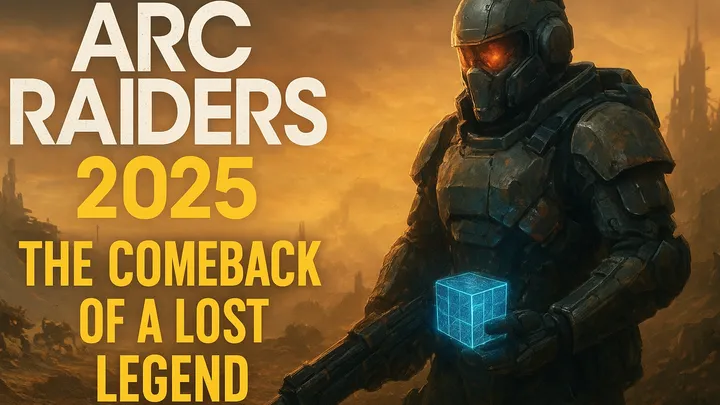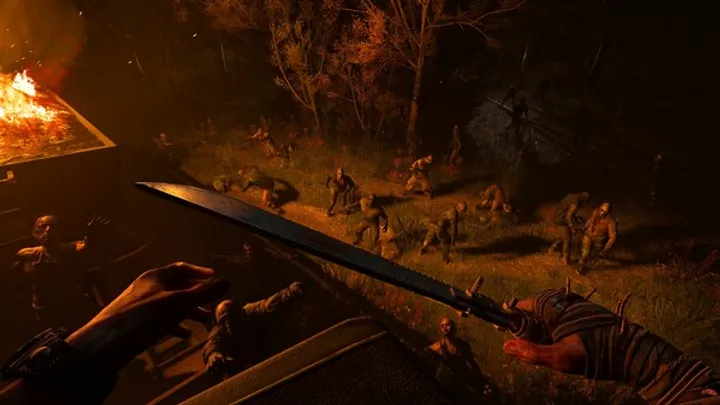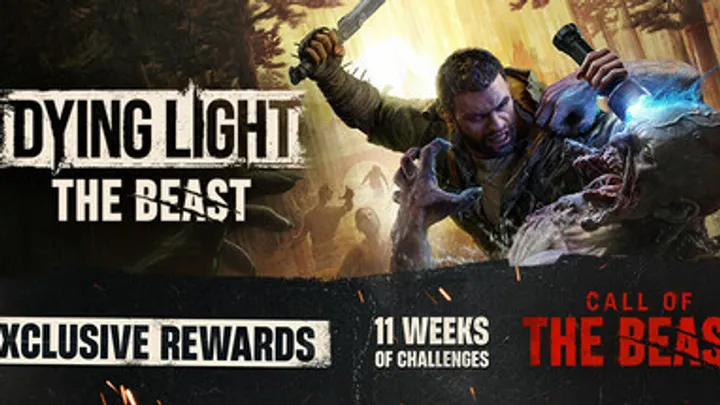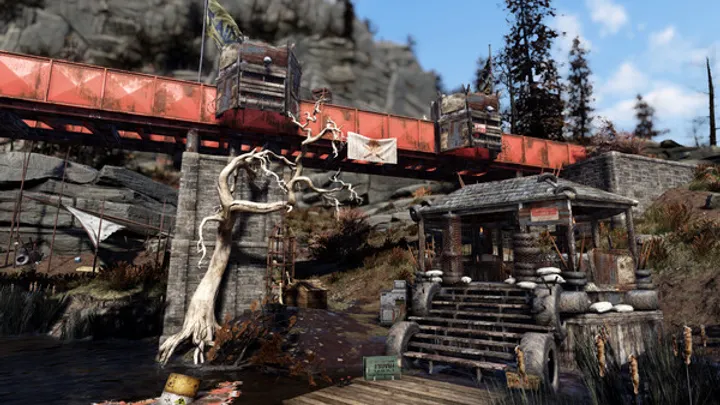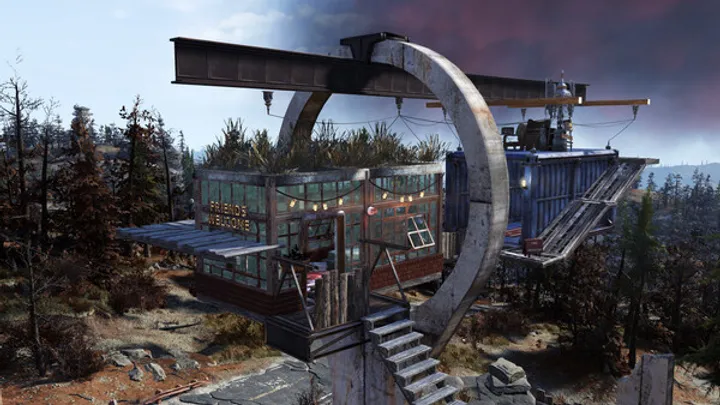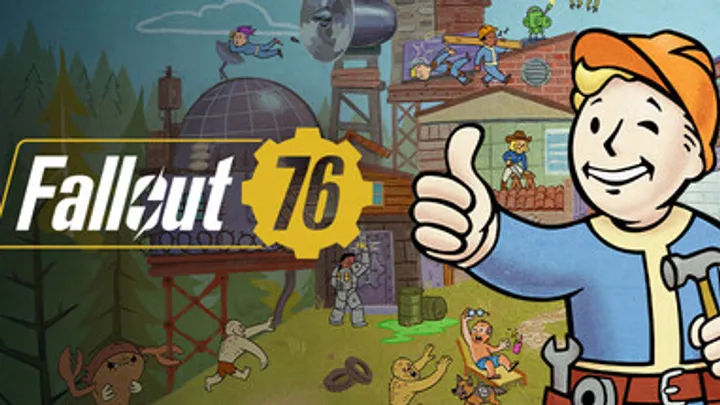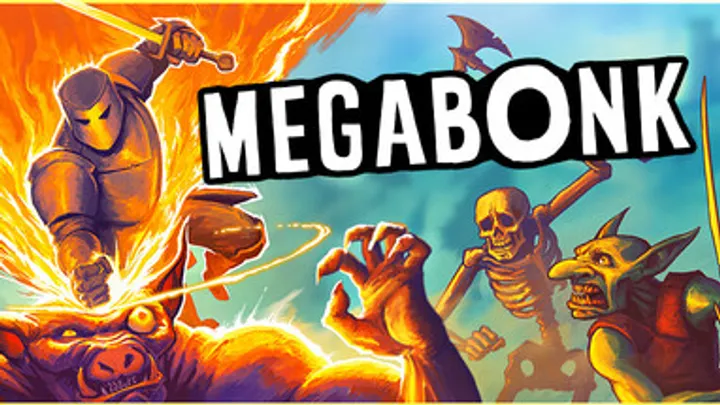Lords Mobile has long stood as one of the most popular strategy mobile games, drawing millions of players worldwide with its blend of kingdom building, real-time battles, and hero development. However, beneath the excitement lies a core issue that has defined the experience for nearly a decade: its deeply entrenched Pay-to-Win structure. While many mobile games use microtransactions, Lords Mobile has evolved into a prime example of how heavy spending can alter not only gameplay balance but also the social fabric of the community. This article explores the issue of Pay-to-Win in Lords Mobile through its history, development, and future implications.
The Early Promise of Lords Mobile
When Lords Mobile first launched in 2016, its appeal was undeniable. Players were introduced to a visually rich world with opportunities to build castles, command armies, and compete against others worldwide. At its core, the game promised fair competition where skill, strategy, and alliance cooperation could determine the outcome of battles.
But even in its early stages, hints of monetization were present. Speed-ups, resource packs, and hero upgrades could be bought to accelerate progress. Though initially modest, these mechanics planted the seeds for a future dominated by spending. Players at the time still felt they had room to compete without opening their wallets, but the foundation of Pay-to-Win was firmly in place.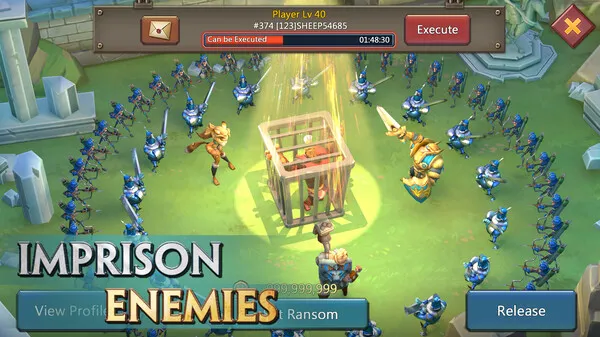
The Rise of Monetization
As the player base grew, IGG, the game’s developer, capitalized on its popularity by introducing increasingly lucrative packs. Players could buy troops, boosts, and essential heroes that directly influenced performance in both PvE and PvP. What began as optional shortcuts slowly became requirements for serious competition.
Introduction of Essential Heroes
Some heroes, like Rose Knight and Trickster, could be unlocked for free, but premium heroes offered significantly better stats. Pay-to-unlock characters quickly became indispensable in rally compositions, creating a divide between free-to-play (F2P) and pay-to-play (P2P) players.
Pack Pricing Strategy
The pricing model was carefully crafted. Entry packs started at $0.99, luring players in, but the real advantages only appeared in higher-tier bundles reaching hundreds of dollars. This incremental ladder of spending hooked many into an ongoing cycle.
The Impact on Free-to-Play Players
By 2017, free-to-play players faced increasingly steep challenges. Competing in Kingdom vs. Kingdom (KvK) or Guild vs. Guild events required massive investments in troops and gear. Without premium boosts, F2P players often served as filler members in guilds rather than competitive leaders.
Resource Imbalance
Paid players could instantly replenish resources, while F2P players had to farm painstakingly for hours. This created a widening gap, with F2P guilds unable to defend against powerful spenders.
Psychological Impact
The frustration grew into what many in the community called “wallet walls.” Players reported burnout, as even months of effort could be erased in minutes by one heavy spender.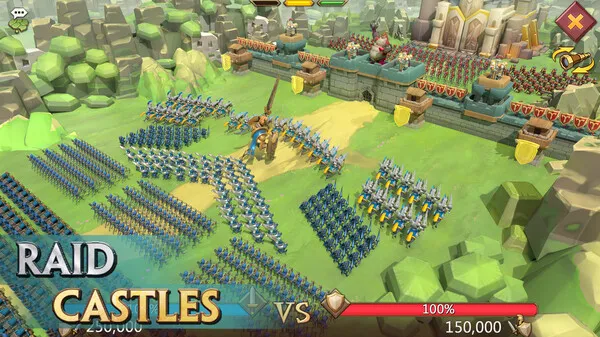
The Guild Power Divide
Guilds in Lords Mobile are central to progression, yet Pay-to-Win mechanics reshaped guild dynamics. High-spending players dominated leadership positions and often dictated strategies.
The Rise of Whale Guilds
So-called “whale guilds,” composed of heavy spenders, emerged as dominant forces. These guilds crushed smaller alliances and monopolized rewards, pushing F2P groups to the margins.
Alliance Politics
Over time, alliances became less about strategy and more about securing sponsorship from whales. Many guilds actively recruited spenders, sidelining dedicated F2P strategists.
Mid-Game Wall: Gear and Research
For mid-level players, the Pay-to-Win issue became most visible in gear and research. Building competitive war gear required rare materials, often locked behind paid packs.
Gear Inflation
While free gear sets existed, their stats paled compared to paid sets like Champion Gear, which could only be acquired with real money. Competitive warlords could not ignore this imbalance.
H3: Research Speed
Research trees expanded dramatically, and without speed-ups from packs, free players faced research times stretching into months or even years. P2P players simply bought their way past these obstacles.
Endgame Domination by Whales
In late-game play, the Pay-to-Win divide reached its peak. Only heavy spenders could field massive Tier 5 armies, the strongest unit type, unlocked primarily through purchased resources.
Tier 5 Troop Advantage
Tier 5 troops offered overwhelming power in both attack and defense. For F2P players, unlocking them was nearly impossible. This effectively locked endgame competitiveness behind a paywall.
Rally Leaders as Celebrities
Whale rally leaders gained celebrity status in the community. Their battles and victories became spectacles, further emphasizing the imbalance between spenders and grinders.
Community Reactions Over Time
The player base did not remain silent. Forums, Reddit threads, and Discord groups filled with debates, complaints, and strategies for surviving as F2P.
Survival Strategies for F2P
Some communities developed clever approaches:
- Shielding castles during KvK to avoid losses
- Focusing on trap accounts to punish careless whales
- Banding together into mega-guilds to resist domination
Boycotts and Criticism
At various points, players attempted boycotts, refusing to purchase packs. While these made headlines in community circles, IGG’s revenue reports suggested the impact was minimal.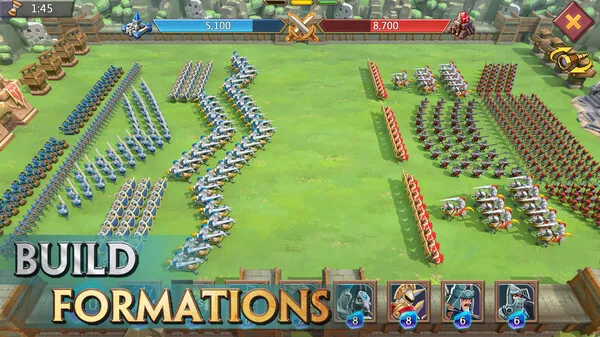
Attempts at Balancing by IGG
The developers occasionally introduced events, heroes, or mechanics aimed at narrowing the gap, but most were surface-level fixes.
Free Hero Giveaways
Limited-time events occasionally gave F2P players access to premium heroes. However, these were often slow to star up compared to instantly maxed P2P heroes.
New Event Modes
Modes like Dragon Arena were promoted as skill-based, but even there, troop numbers and gear heavily tilted outcomes toward spenders.
The Future of Pay-to-Win in Lords Mobile
As of 2025, the Pay-to-Win model remains entrenched. IGG continues to release new packs, new premium heroes, and stronger gear, ensuring that the spending cycle never ends.
The Risk of Declining Engagement
While whales sustain the game financially, a dwindling F2P base threatens long-term community health. New players who quickly realize the imbalance often quit, leaving the ecosystem heavily dependent on spenders.
Possible Shifts
Industry-wide trends show some movement toward more balanced monetization, with cosmetics and battle passes replacing direct power purchases. Whether IGG follows this trend remains uncertain.
Possible Alternatives and Solutions
If Lords Mobile were to evolve, several steps could address the Pay-to-Win issue:
- Introduce caps on paid advantages in competitive modes
- Offer meaningful cosmetic purchases rather than raw power boosts
- Expand F2P reward structures to narrow the gap
- Improve matchmaking to prevent F2P guilds from facing whale guilds constantly
These changes would require bold decisions from IGG but could revitalize the game’s appeal and longevity.
Conclusion
Lords Mobile is both a success story and a cautionary tale. Its Pay-to-Win mechanics have made it financially sustainable while alienating large swathes of the player base. The history of the game is a timeline of increasing monetization, widening gaps between spenders and non-spenders, and community frustration. Whether the game can find a balance between profit and fairness remains one of the defining challenges of its future.








